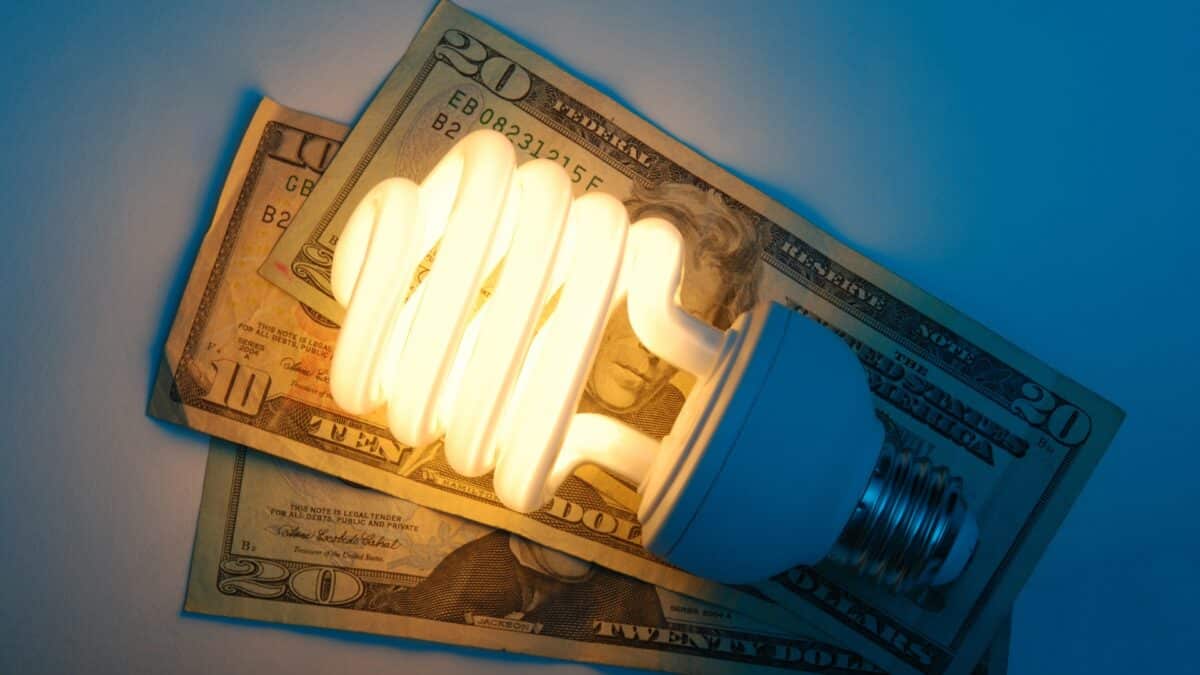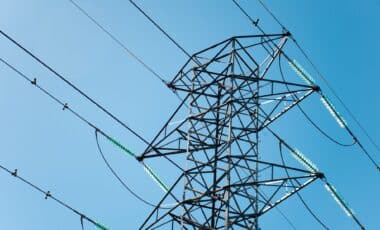The Victorian government has introduced a $100 energy bill rebate for concession card holders as part of its 2025 state budget, aiming to provide financial relief amid ongoing cost-of-living challenges. This rebate, valued at $50 million, will be accessible through the Victorian Energy Compare website later this year, complementing the federal government’s existing $150 energy rebate starting from July 1. Treasurer Jaclyn Symes described the budget as a responsible fiscal plan delivering tangible support to households.
In addition to the rebate, the budget includes a $2.3 billion cost-of-living package with measures such as free public transport for children under 18, free weekend transport for seniors statewide, and expanded rebates for hot water system installations. These initiatives reflect the government’s broader commitment to easing financial pressures on vulnerable and low-income Victorians.
Targeted Energy Relief for Concession Cardholders
The $100 power bill rebate focuses specifically on concession cardholders, who often face disproportionate energy costs. Treasurer Jaclyn Symes emphasized that this support “is the kind of help people can feel — at the kitchen table, at the school gate, and at the train station.” The rebate will be available via the Victorian Energy Compare website, encouraging eligible consumers to compare energy deals and manage expenses more effectively.
This rebate builds upon previous rounds of the Power Saving Bonus, which provided a $250 rebate to all Victorian households and concluded in August 2023. By concentrating on concession card holders, the government directs relief to those most in need while promoting energy affordability and consumer choice.
Broader Cost-of-living Support Measures
Beyond energy relief, the Victorian budget allocates $320 million to expand free public transport for children under 18 and offer seniors free statewide transport on weekends. These measures are designed to reduce transport costs and improve accessibility for families and older Australians.
The budget also includes funding for over 27,000 hot water rebates aimed at households installing electric heat pumps and solar hot water systems, supporting both environmental goals and cost savings. Additionally, $18 million has been dedicated to pharmacists, enabling them to provide broader healthcare services, thus saving families time and reducing expenses related to general practitioner visits.
💡Federal Labor will provide another $150 in energy bill relief, extending our rebates until the end of 2025.
— Senator Raff Ciccone (@SenRaffCiccone) May 19, 2025
This is on top of the $300 in energy bill support the Albanese Govt is rolling out to households.
The credits will be applied in quarterly instalments of $75.#auspol pic.twitter.com/Gv63WWpu2q
Education and Community Support Investments
Education funding forms a significant part of the state’s support package, with $1.3 billion allocated to assist families with children in school or kindergarten, as well as TAFE students. This includes free kindergarten access that could save families up to $2,600 per child annually, along with the distribution of more than 65,000 additional Get Active Kids vouchers worth up to $200 each.
Further, $150 million is set aside to increase the Camps, Sports and Excursions Fund, benefiting around 200,000 children from families holding health care or concession cards. These efforts aim to reduce the financial barriers to educational and extracurricular activities for disadvantaged families.
Fiscal Responsibility Amid Economic Challenges
Treasurer Jaclyn Symes described the budget as “responsible,” balancing the government’s fiscal strategy with meaningful assistance for those struggling with rising living costs. The package’s layered approach, combining energy rebates, transport concessions, health initiatives, and education funding, reflects a comprehensive strategy to support vulnerable Victorians while maintaining fiscal discipline.
This budgetary approach underscores Victoria’s commitment to addressing immediate economic pressures faced by households while investing in longer-term social and environmental outcomes.









